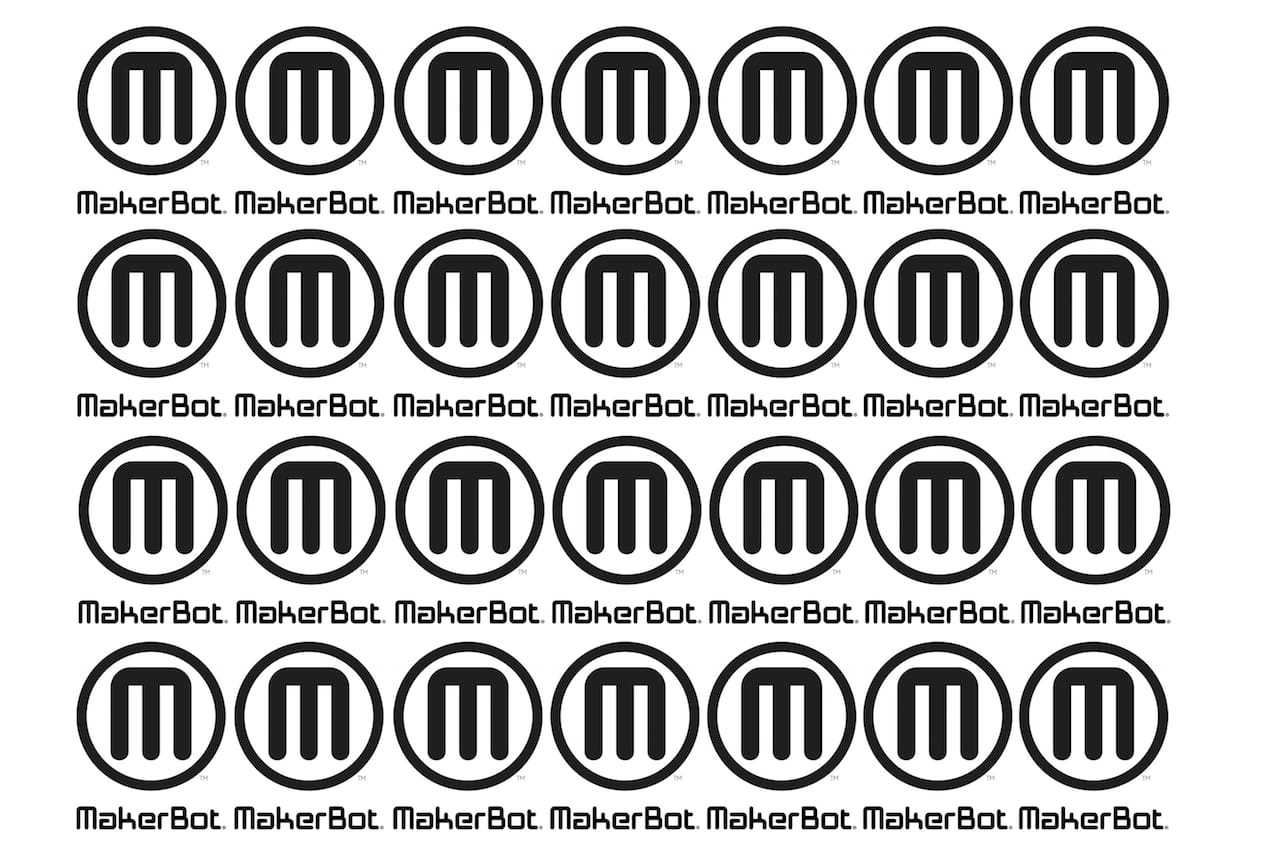
This week 3D printing behemoth Stratasys announced a very powerful new concept for array 3D printing. But what might it do to their subsidiary, MakerBot?
You’d think the two companies address completely different markets, and they largely do. MakerBot addresses the professional desktop market, having switched gears from their original goal of DIY consumers. Stratasys addresses industry with high powered prototyping and production capable equipment.
This week’s announcment involved Stratasys producing a flexible 3D printing array system, capable of significant automation, including the ability for the machines to unload themselves: the operator need only drop by occasionally to unload bins full of 3D printed parts. It’s a fantastic concept that could make “mass customization” a lot more real.

So what does this have to do with MakerBot?
A lot, perhaps.
MakerBot produces something called the “MakerBot Innovation Center”, which is, guess what, an array system for 3D printers. MIC software accepts print jobs and dispatches them to available printers in the array.
Sound familiar? I thought so too.
Here’s the thinking: it is possible that MakerBot makes a goodly chunk of their revenues selling MIC systems to institutions, such as universities. It’s a great sales approach for them, as the effort required to sell one large MIC would result in many dozens of Replicators, extended warranties, material spools, repair parts and services. Lots of long term cash for little effort.
They’ve apparently been quite successful in this game because there were really few alternatives to the MIC. That may be starting to change with concepts from Ultimaker and Mass Portal, but especially from Father Stratasys.
If you were a university requiring large scale 3D printing services, what would you do? Get an MIC and commit to years of manual labor expense to operate it? Or wait a bit and get a far more automated Stratasys array system? (which, by the way, doesn’t yet have a real product name.)
The name of the game here is efficiency, and the major cost of such systems is most likely labor. Even though Stratasys’ proprietary materials may be more expensive than MakerBot’s, it is possible the automation saves even more.
So we may find a future MakerBot losing significant dollars in the array market. Where would that put them?
And why would Stratasys introduce a product that might eat a big chunk of their subsidiary’s revenue?
I don’t know the answer here, but there are some possibilities.
One is that Stratasys believes these products are not overlapping, and that each company continues selling their array product.
The other possibility is darker, at least for MakerBot.

